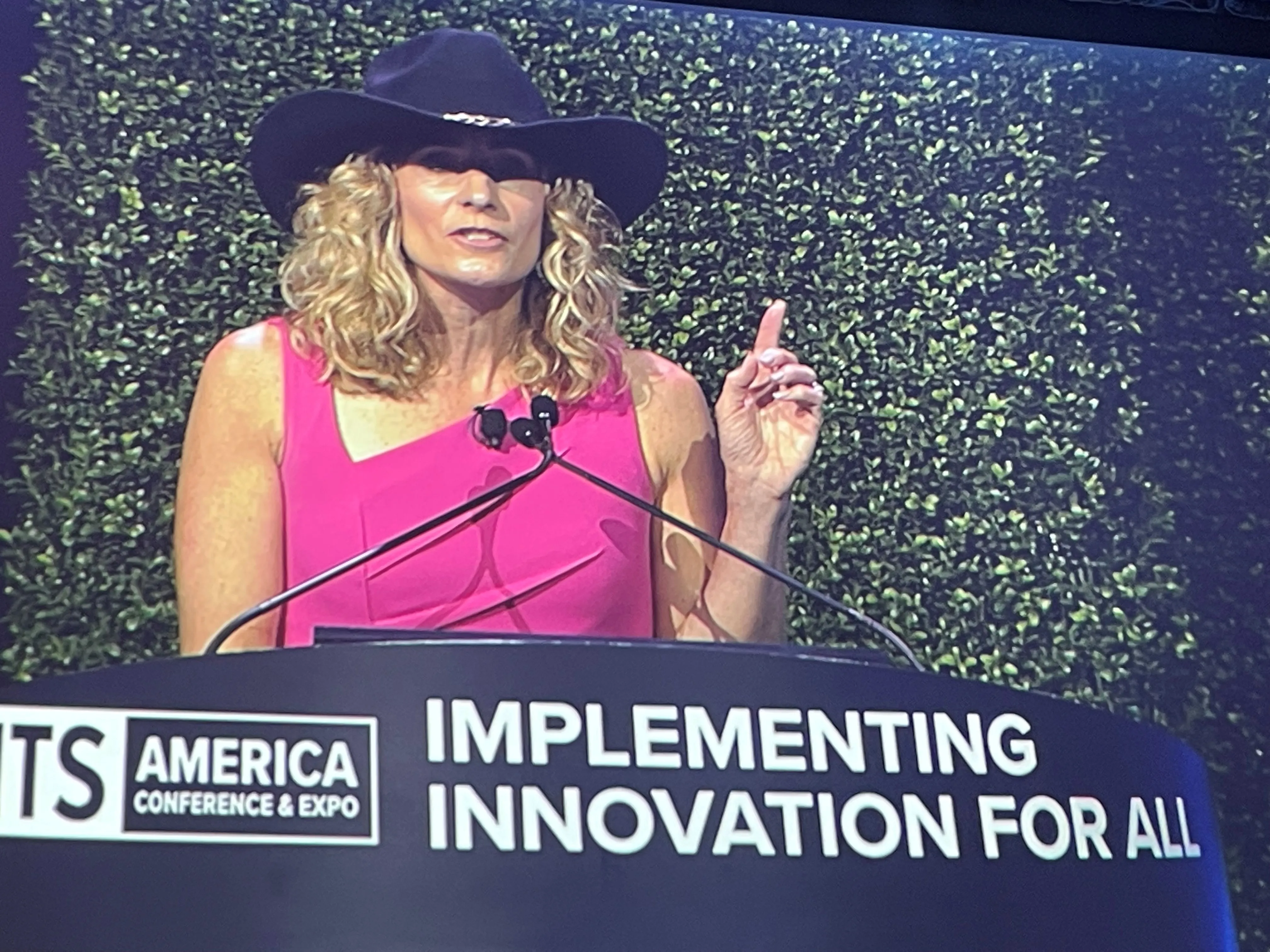Plans to establish a connected vehicle network, known as Co-operative Intelligent Transport Systems (C-ITS), across Australia have taken a significant step forward with the Australian Communications and Media Authority’s (ACMA) intention to allocate the 5.9 GHz band by early 2017.
The body representing Australia’s vehicle industry, the Federal Chamber of Automotive Industries (FCIA), has welcomed ACMA’s release this week of a consultation paper outlining the proposed regulatory measures to support the na
August 16, 2016
Read time: 2 mins
Plans to establish a connected vehicle network, known as Co-operative Intelligent Transport Systems (C-ITS), across Australia have taken a significant step forward with the Australian Communications and Media Authority’s (ACMA) intention to allocate the 5.9 GHz band by early 2017.
The body representing Australia’s vehicle industry, the Federal Chamber of Automotive Industries (FCIA), has welcomed ACMA’s release this week of a consultation paper outlining the proposed regulatory measures to support the national roll-out of C-ITS.
FCAI chief executive Tony Weber said the regulatory framework provided by ACMA is an essential first step in the development of an integrated, automated and connected driving network in which vehicles will be able to digitally exchange information with other vehicles sharing the same road and equally importantly, allow vehicles to communicate with the road network and surrounding infrastructure.
Weber said ACMA’s proposed regulatory arrangements support the introduction of C-ITS in the 5.9 Gigahertz band, confirming that the Australian C-ITS standards will be the same as that used in EU. Any vehicles operating on other frequency bands, such as those built specifically for use in the Japanese domestic market, will not be able to communicate with Australian vehicles.
“And what is equally as important, any vehicles imported that operate on different standards, will illegally interfere with a range of other services here such as toll roads and mobile phones,” he says.
“This consultation paper places a digital marker from which our C-ITS will mirror those being planned and implemented by Europe.”
The FCAI has been in consultation with ACMA, Austroads, which is developing the all-important framework for the rollout of C-ITS nationally, as well as other major stakeholders.
The body representing Australia’s vehicle industry, the Federal Chamber of Automotive Industries (FCIA), has welcomed ACMA’s release this week of a consultation paper outlining the proposed regulatory measures to support the national roll-out of C-ITS.
FCAI chief executive Tony Weber said the regulatory framework provided by ACMA is an essential first step in the development of an integrated, automated and connected driving network in which vehicles will be able to digitally exchange information with other vehicles sharing the same road and equally importantly, allow vehicles to communicate with the road network and surrounding infrastructure.
Weber said ACMA’s proposed regulatory arrangements support the introduction of C-ITS in the 5.9 Gigahertz band, confirming that the Australian C-ITS standards will be the same as that used in EU. Any vehicles operating on other frequency bands, such as those built specifically for use in the Japanese domestic market, will not be able to communicate with Australian vehicles.
“And what is equally as important, any vehicles imported that operate on different standards, will illegally interfere with a range of other services here such as toll roads and mobile phones,” he says.
“This consultation paper places a digital marker from which our C-ITS will mirror those being planned and implemented by Europe.”
The FCAI has been in consultation with ACMA, Austroads, which is developing the all-important framework for the rollout of C-ITS nationally, as well as other major stakeholders.








